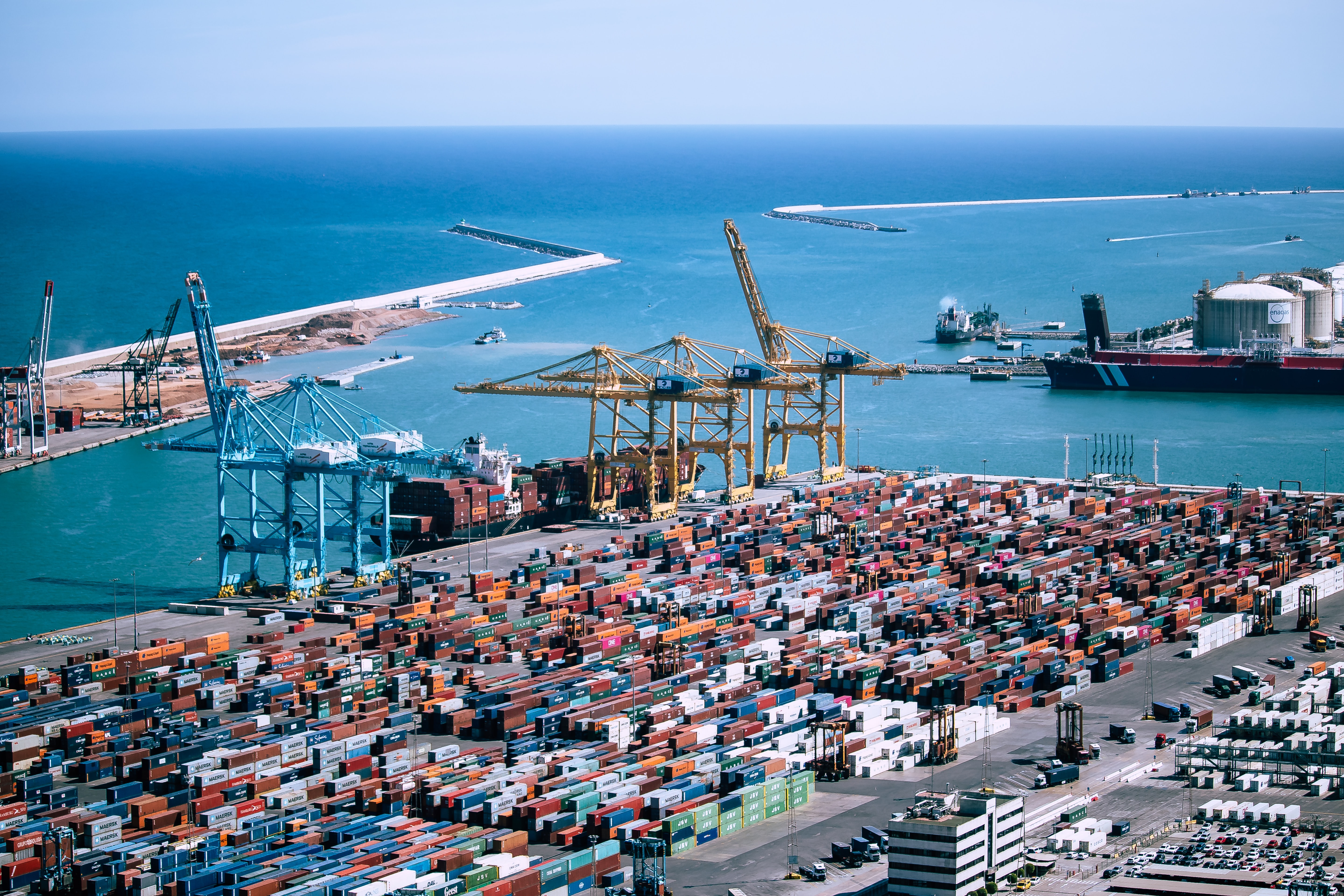News | Understanding the Driving Forces of Port Automation: PSR Researchers Conduct a Workforce & Economic Impact Evaluation
Stop the VideoNews

Understanding the Driving Forces of Port Automation: PSR Researchers Conduct a Workforce & Economic Impact Evaluation
Friday, July 30, 2021
Discussions around automation in the transportation sector are hardly novel, but as technology continues to progress, the discussions intensify and incorporate a greater number and more diverse set of voices. With a focus on California port automation, the CSULB Center for International Trade and Transportation (CITT) and researchers from the Department of Economics will begin exploring the conditions that lead terminal operators to adopt partial or fully automated cargo handling equipment (CHE) as part of their operations. The project, entitled “Workforce and Economic Impact Evaluation of Future Zero-Emission Requirements for Cargo Handling Equipment,” is funded by the California Air Resources Board (CARB). The study will employ a multidisciplinary approach that accounts for economic, regulatory, technological, and human capital considerations. The research team is led by CITT Executive Director Tom O’Brien and includes CITT Director of Research and Workforce Development Tyler Reeb; CSULB Economics Department Chair Seiji Steimetz; and Associate Director for the Office of Economic Research Robert Kleinhenz. The team will dive into the current literature on port automation, address workforce composition and economic impact, and through qualitative and quantitative analysis, strive to understand the driving reasons behind and corresponding impacts of port automation—one of the most transformative and controversial topics in the trade and transportation sector.
The project includes the formation of an advisory board; a literature review to better understand the range of studies that consider automation in not only the port and supply chain sectors but in the economy as a whole; facilitation of survey and focus groups; and cost, impact, and labor market analyses. The CSULB Economics department will “model the net economic impact of possible scenarios that include transition to partial or fully automated CHE,” in order to contribute to the body of knowledge using local data. Recognizing that the topic of port automation affects many different sectors of the economy, the researchers are involving a wide range of voices, including labor, ports and terminal operators, and academic and governmental organizations. The focus groups and surveys involve port terminal and intermodal rail yard operators in order to “highlight different operational, regulatory, and socioeconomic realities that compel operators in California, nationally, and globally to adopt the use of partially and fully automated CHE.”
While the project has a focus on the unique set of factors at play in California, it will be informed by the experiences of ports in North America, Europe and Asia. Automation is a multifaceted topic—previous and current studies approach the question from several different angles and with a focus on regional differences. California’s Assembly Bill 639, for example, calls for examining solutions to mitigate potential employment and transitional impacts of automation. The CITT study seeks to complement these other studies by examining the driving reasons why California terminal operators might choose to implement automated cargo handling equipment.

News Archive
- December (1)
- November (6)
- October (4)
- September (2)
- August (3)
- July (4)
- June (3)
- May (7)
- April (8)
- March (11)
- February (8)
- January (7)
- December (7)
- November (8)
- October (11)
- September (11)
- August (4)
- July (10)
- June (9)
- May (2)
- April (12)
- March (8)
- February (7)
- January (11)
- December (11)
- November (5)
- October (16)
- September (7)
- August (5)
- July (13)
- June (5)
- May (5)
- April (7)
- March (5)
- February (3)
- January (4)
- December (4)
- November (5)
- October (5)
- September (4)
- August (4)
- July (6)
- June (8)
- May (4)
- April (6)
- March (6)
- February (7)
- January (7)
- December (8)
- November (8)
- October (8)
- September (15)
- August (5)
- July (6)
- June (7)
- May (5)
- April (8)
- March (7)
- February (10)
- January (12)















